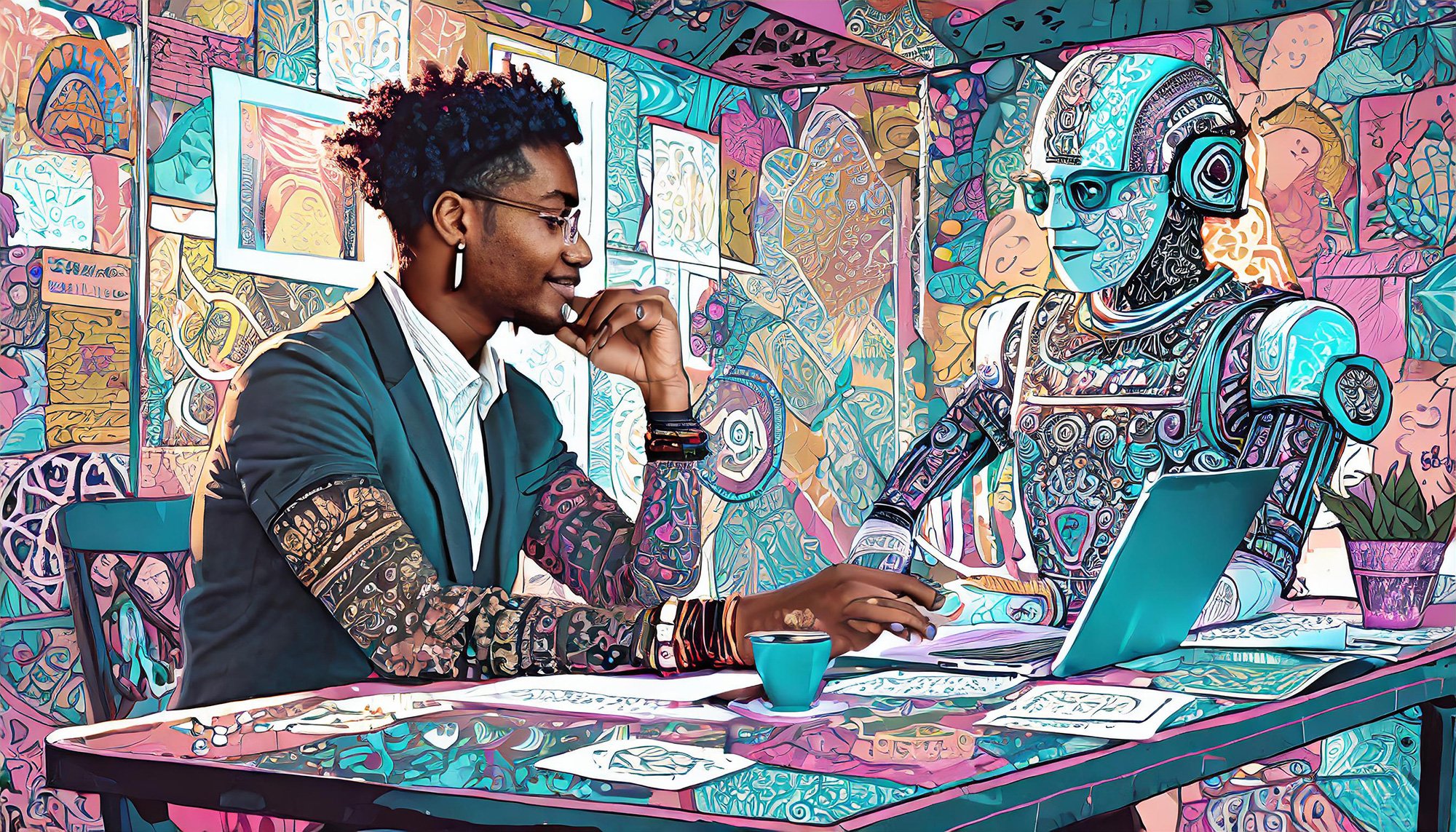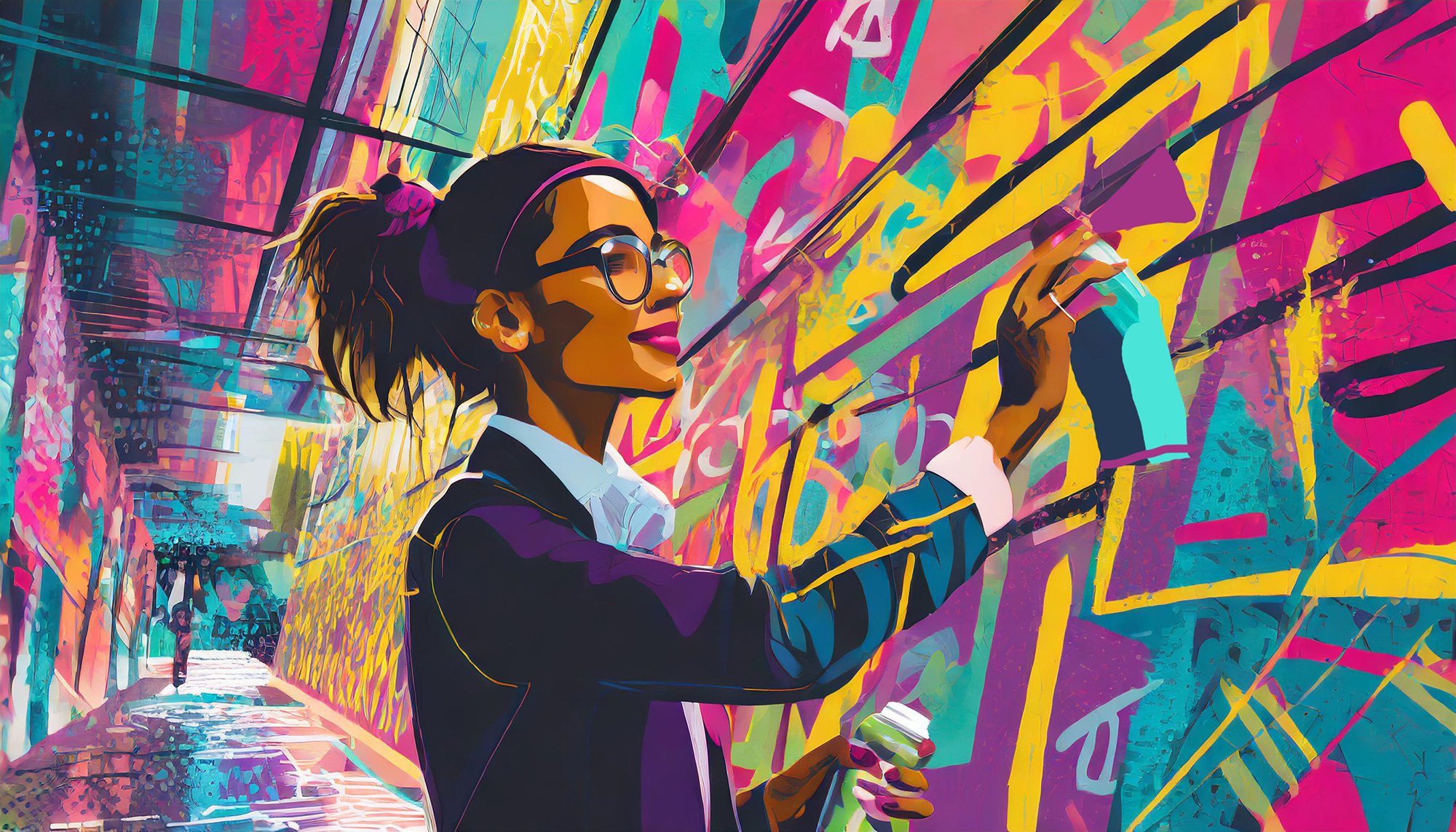AI in Marketing: The Big Lie That’s Making Everyone Look the Same
The Age of AI Sameness: Where Did All the Originality Go?
Let’s be honest - scroll through LinkedIn, open your inbox, or browse any brand’s social media feed, and you’ll notice something strange.
Everything feels... the same.
The same AI-generated blog posts repackaging the same SEO-friendly talking points.
The same Midjourney image styles making every campaign look like a slightly different variation of the last.
The same ChatGPT-written social captions that feel like they were written by a robot (because, well, they were).
Marketing is suffering from AI-induced sameness - a factory of content pumped out with ruthless efficiency but no real differentiation.
And the worst part? Most brands don’t even realize they’re blending into the noise.
The Big Lie: AI is a Magic Growth Button
We were told AI would be the great equalizer - the tool that would make every brand faster, smarter, and more efficient. The reality?
AI isn’t a silver bullet. It won’t magically make bad ideas good.
AI doesn’t replace strategic thinking. If you start with a mediocre strategy, AI will just help you execute mediocrity at scale.
AI makes it easier to copy the competition. The more brands use AI-generated solutions without human oversight, the more everything converges into one indistinguishable mass of sameness.
If your AI strategy is just “generate content faster,” you’re missing the point.
AI should amplify your thinking, not replace it.
Devil’s Advocate: What If We Just Didn’t Use AI?
Let’s take a step back.
What if, as a thought experiment, we stopped using AI in marketing altogether?
We’d be forced to:
Think for ourselves.
Develop original creative concepts.
Reintroduce human intuition and cultural insight.
Look back at pre-digital advertising history for inspiration.
Imagine relying on real human storytelling instead of automated content churn.
Imagine marketing that wasn’t just data-driven but emotionally resonant, handcrafted, and deeply intentional.
Sounds refreshing, right?
Here’s the twist: That’s exactly how you should be using AI.
Not as a crutch, but as a collaborator.
AI as a Strategic Amplifier, Not Just an Execution Tool
The brands that will win in the AI era aren’t the ones using it just to generate content faster - they’re the ones using it to make smarter decisions, uncover deeper insights, and scale intelligently.
Here’s how:
1. AI for Ideation, Not Just Execution
Use AI to challenge your ideas, not just produce more content.
Prompt AI to critique your marketing strategy, identify blind spots, and act as a debate partner.
AI should help you refine your thinking, not replace it.
2. AI in Automated Workflows: A Strategic Weapon
AI isn’t just for content—it should be embedded across DTC and B2B workflows.
Use AI to glean insights from every aspect of your business—customer data, sales trends, operational bottlenecks.
Automate the repetitive, but keep the strategic and creative human-led.
3. AI + Human Refinement = The Ultimate Formula
AI can analyze thousands of customer interactions and tell you what’s working—but it takes human insight to make the right creative decision.
The brands that stand out will be the ones who know where to let AI run and where to step in manually.
What Brands Are Getting Wrong: The AI Overload Epidemic
The problem isn’t AI itself - it’s how brands are using it.
❌ AI-generated blog spam flooding the internet.
❌ Overly-automated customer service that feels robotic and disconnected.
❌ E-commerce stores using AI product descriptions that all sound exactly the same.
❌ Marketing that’s all quantity, no depth.
Brands are using AI to replace effort rather than enhance creativity.
And guess what? Customers can tell.
The Real Secret? Look Backward to Move Forward
Before AI, before automation, before digital marketing existed - brands had to actually work for consumer attention. They had to:
Create visually striking print ads.
Write radio ads that made people stop and listen.
Develop TV commercials that became cultural moments.
AI should make us better marketers, not lazier ones.
Instead of churning out content at scale, maybe the lesson is to slow down and be more deliberate.
What if we looked back at the past century of great advertising, branding, and storytelling for inspiration - then used AI to modernize it?
The goal isn’t more marketing - it’s better marketing.
The Brands That Will Win: AI-Powered, Human-Led
If you want to stand out in the AI era, here’s the formula:
Use AI to find insights, but let humans craft the message.
Automate what makes sense, but don’t remove the human touch.
Look at the history of marketing, not just the next AI tool.
Treat AI like an intern - not the CEO.
The brands that thrive won’t be the ones that over-rely on AI.
They’ll be the ones that use AI as a strategic amplifier while keeping creativity, intuition, and originality front and center.
Because at the end of the day, technology changes—but great marketing has always been about one thing:
Understanding people.
And no AI can do that better than a human.
Want to Future-Proof Your Brand?
At The ZAM Studio, we help brands merge AI-driven insights with human creativity to build distinct, scalable, and culturally relevant brand identities.
Let’s build something unique together. Get in touch to elevate your brand today.






